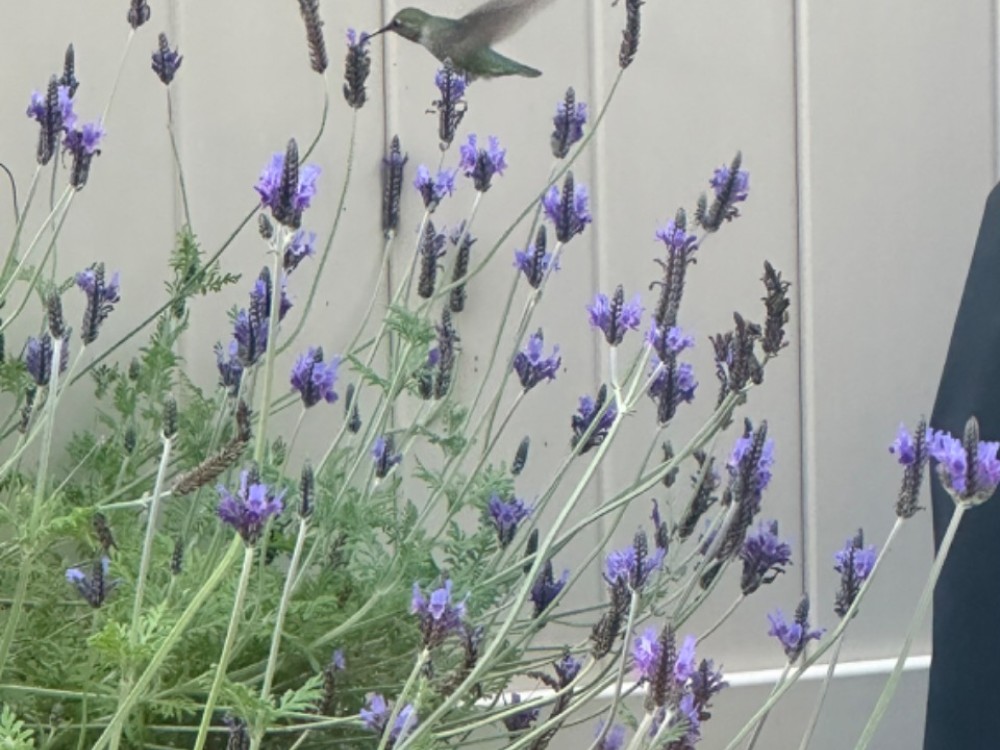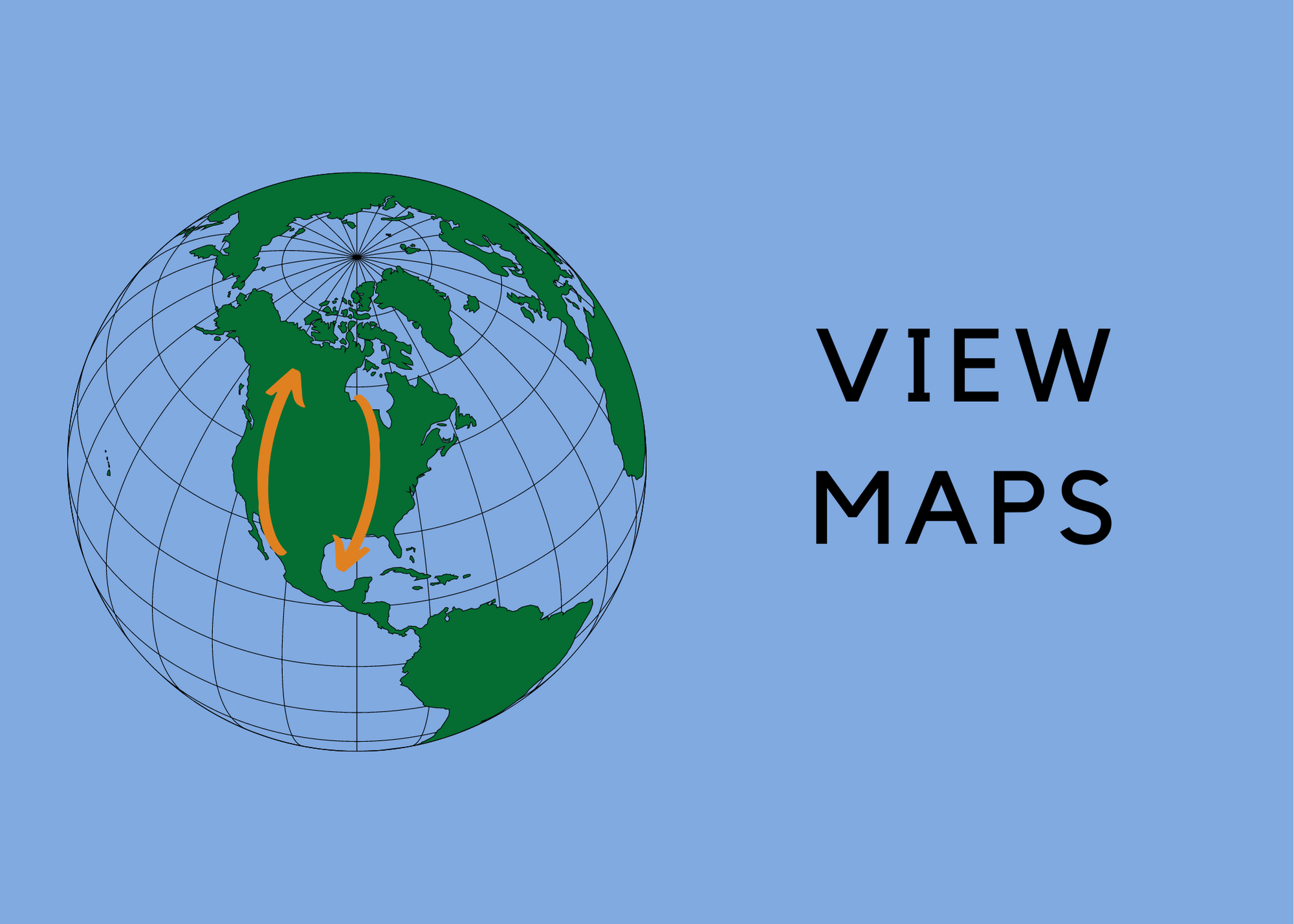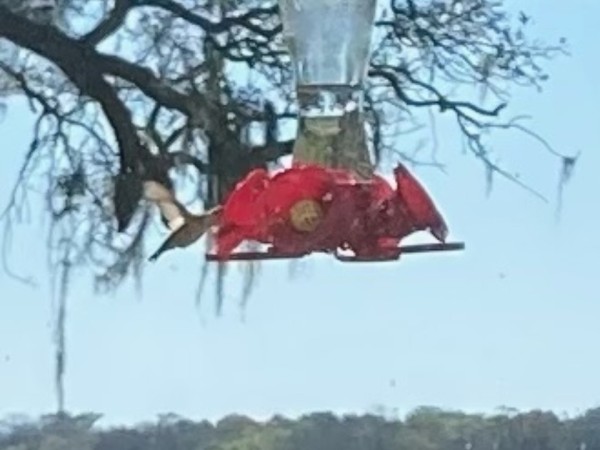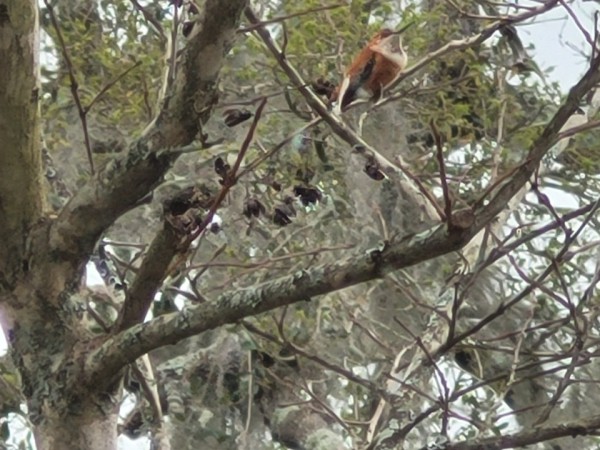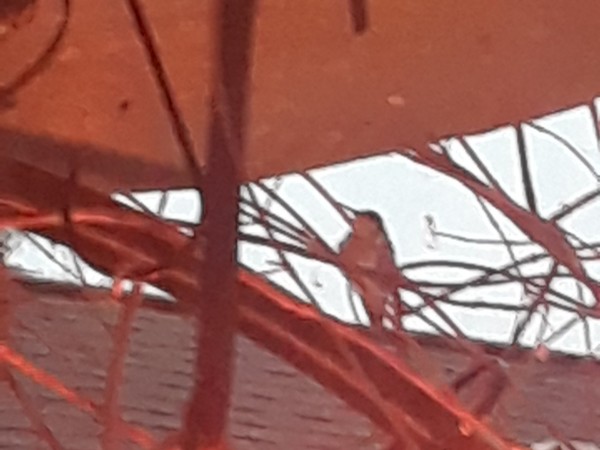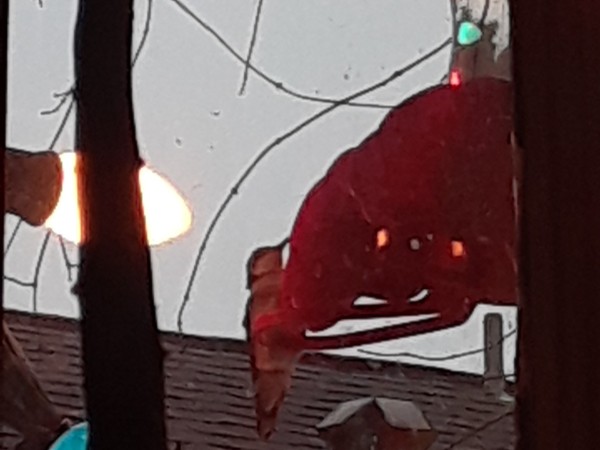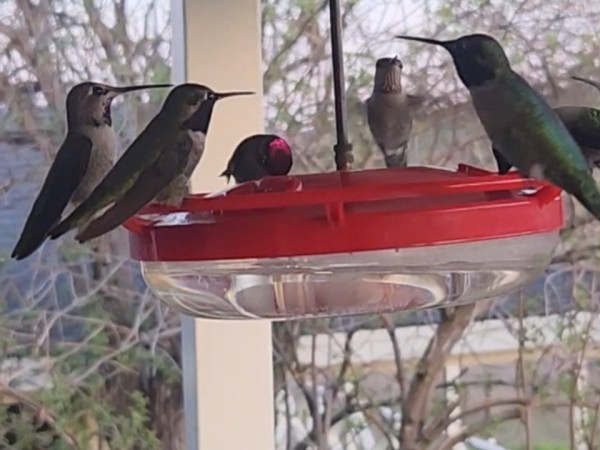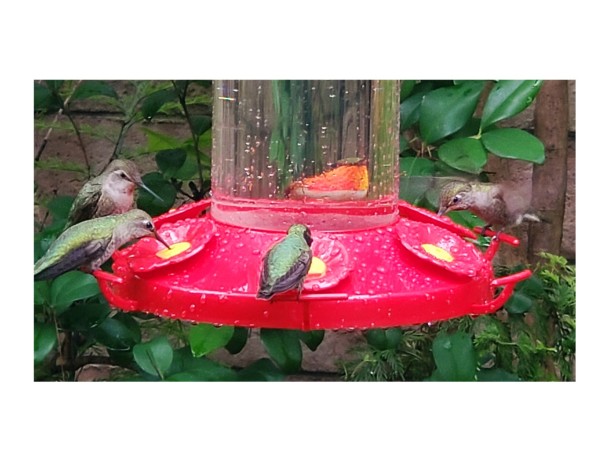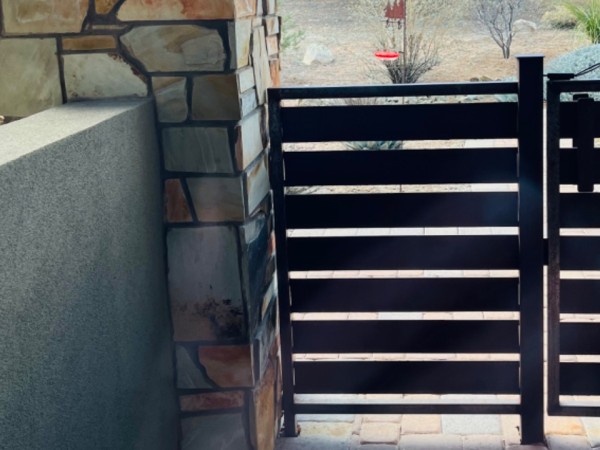Seeing Hummingbirds Yet?
A small number of reports indicate that spring migrating hummingbirds are slowly arriving in southern regions of the U.S. How are weather patterns impacting the pace of migration along the west coast? Take a look at recent observational reports submitted by Journey North volunteers. Keep an eye on the weather and be ready to report your hummingbird observations to Journey North.
Hummingbird Migration
In December, the U.S. saw record warmth, but January brought a sudden chill with Arctic temperatures and snow. February brought above-average temperatures in the north and wetter conditions in the south, influenced by factors such as El Niño. As we approach the end of winter, keep an eye on the weather maps.
A small number of reports indicate that spring migrating hummingbirds are slowly arriving in southern regions of the U.S. It is time to put your feeders and potted nectar plants out. These nectar sources provide crucial energy for migrating hummingbirds. Depending on your location, start planting brightly colored native flowers to provide pollinator habitat for hummingbirds and other species such as monarch butterflies. Don’t delay – hummingbirds are here in many locations in the southern U.S.
Ruby-throated and Rufous Hummingbirds
As the days grow longer and the promise of spring lingers in the air, hummingbird enthusiasts across the country eagerly await the first sightings of these tiny avian travelers.
In Alexandria, Alabama, Carla's keen eye caught sight of an adult male Ruby-throated hummingbird on February 20th, a dazzling display of iridescent plumage amidst the winter landscape.
Meanwhile, in Patterson, Louisiana, excitement abounds as the first hummingbird of the year makes a timid appearance on February 24th. Resting delicately on nearby Crepe Myrtles, this little visitor signals the beginning of the migratory season. A week later in Patterson, a bit of hummingbird drama unfolds at Amy's feeder, when two hummingbirds engaged in a spirited scuffle, one of which was a Rufous hummingbird.
Venturing westward to Pope Valley, California, Bucky reports a bustling gathering of hummingbirds on February 24th. The hummingbird visitors are seen sipping nectar from flowers, including fragrant rosemary blooms.
In the foggy morning hours of March 4th, Beverly in Houston, Texas, shares sightings of a male Rufous hummingbird, navigating through the misty landscape in search of nourishment. Despite his molting feathers, the resilient bird persists, a testament to the determination of these tiny migrating birds.
Migratory activity is expected to pick up momentum in the coming weeks. Share your observations with Journey North and contribute to our collective understanding of these marvelous creatures.
Allen’s, Anna’s, Broad-tailed, Black-chinned, and Costa’s Hummingbirds
In addition to Ruby-throated and Rufous hummingbirds, our keen-eyed volunteers are diligently tracking the movements of Allen's, Anna's, Broad-tailed, Black-chinned, and Costa's hummingbirds, heralding the return of migratory hummingbirds to gardens and feeders.
In the bayou town of Schriever, Louisiana, Diana's watchful eye caught sight of a Broad Billed hummer arriving earlier than expected on February 21st. This intrepid traveler left just as swiftly as a storm approached.
Farther north in West Vancouver, British Columbia, Brenda's morning routine took an unexpected turn when she noticed a female Anna's hummingbird at her feeder, with a curious artifact attached to her foot. A recently hatched eggshell, somehow stuck to her foot, didn't hinder the feathery visitor, as she continued to fly and feed with grace. Eventually, the eggshell fell away.
Meanwhile, in Orange, California, Susie's garden becomes a bustling hub of activity as Allen's and Anna's hummingbirds visit feeders. With their vibrant plumage and melodious chirps, these charming visitors grace the feeders with their presence.
In the arid landscape of Prescott, Arizona, Susan's encounter with Male & Female Anna's hummingbirds feels like a mirage, arriving nearly a month ahead of schedule. Despite the challenge of capturing their elusive presence on camera, the thrill of spotting these early arrivals ignites a sense of wonder and appreciation.
As reports trickle in from across the continent, each observation becomes a piece of a larger puzzle, enriching our collective knowledge of hummingbird behavior and migration patterns. With every photo shared and every species sighted, our understanding of these enchanting creatures deepens, reminding us of the beauty and wonder that surrounds us in the natural world.
Call for Photos
If possible, please include photos in your reports. Photos are always helpful; they aid in identification and shed light on behavior. However, hummingbirds are not always cooperative subjects. One potential workaround is to take a video and then extract a screenshot to use as a photo. Give it a try!
Learn more in the tutorials below:
Keep Reporting
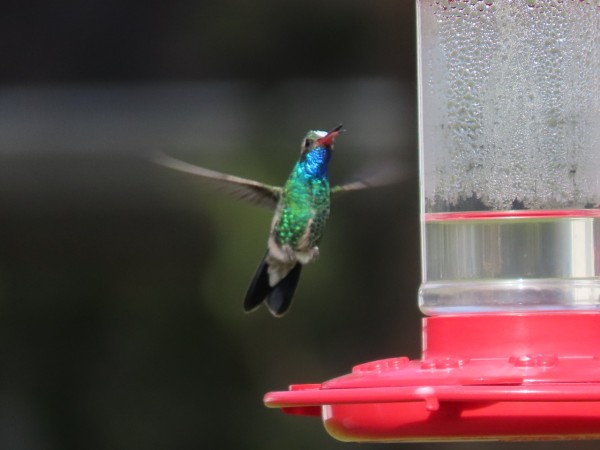
Early arrival: Broad Billed Hummer Braves Wind, Then Departs


